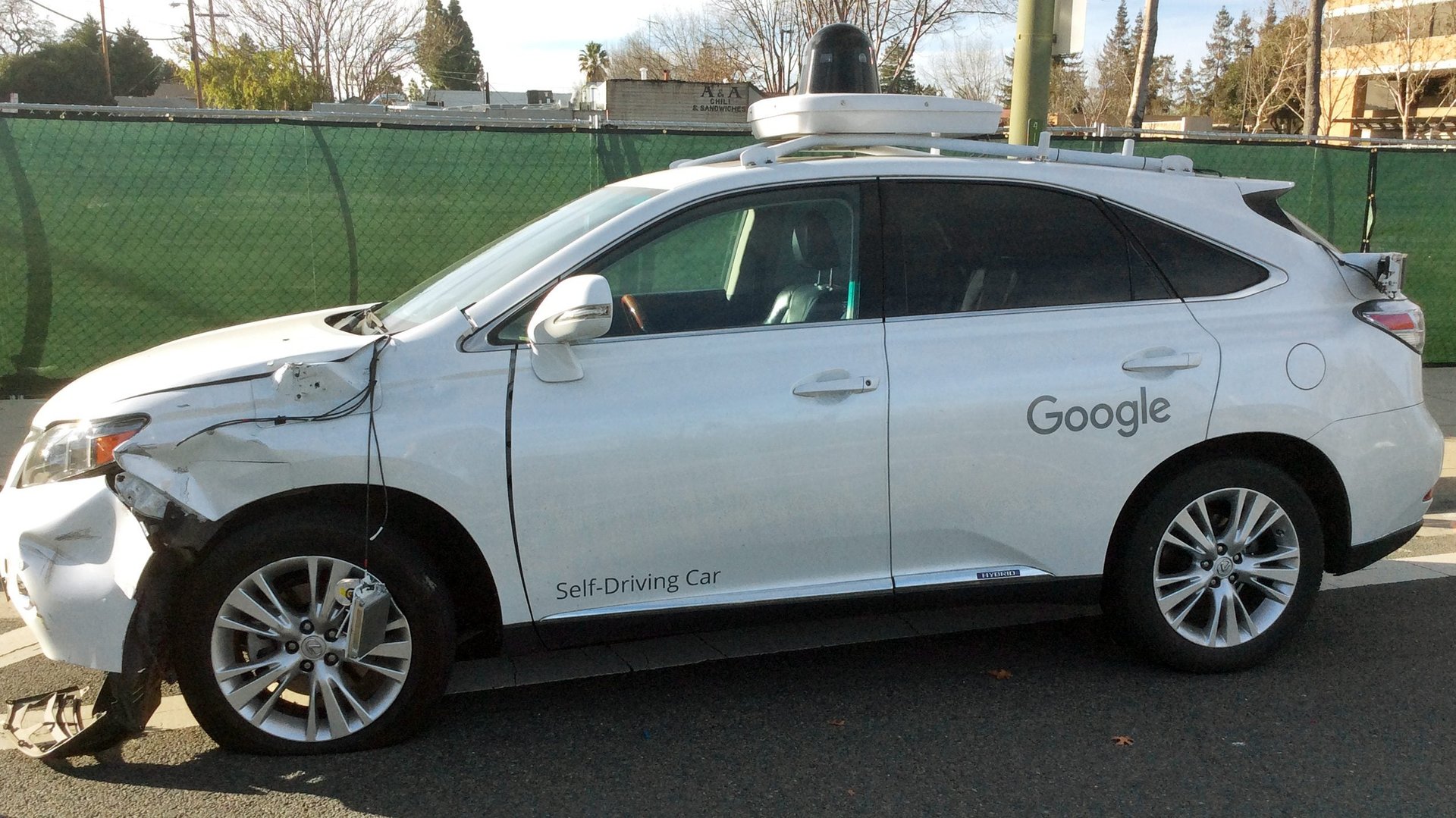Self-driving cars will be much safer but a nightmare to insure
Nearly every automaker is rushing to cram autonomous features into their cars: self parking, adaptive cruise control, and lane-keeping assist all take control of the vehicle from the driver, acting as baby steps toward full autonomy.


Nearly every automaker is rushing to cram autonomous features into their cars: self parking, adaptive cruise control, and lane-keeping assist all take control of the vehicle from the driver, acting as baby steps toward full autonomy.
But the technology that enables this semi-autonomy is expensive, shooting insurance rates through the roof, according to a report from the Wall Street Journal, even as it promises to greatly reduce accident rates over the long term. The debate on who will eventually pay that higher cost—customers, automakers or ride-sharing companies—continues, but for now the consumer still shoulders the burden.
Take a side-view mirror from a car that straddles the border between autonomy and human-controlled, the Lexus RX 350. The car can come loaded with parking assist, automatic braking, and blind-spot detection, and Alphabet’s Waymo uses a similar car, the RX 450h, in its self-driving tests, which can use the same mirror. For consumers, a ”regular” side view mirror replacement would cost $390, while one with cameras for collision avoidance would cost $840, according to the WSJ. With more on the line in the event of an accident, premiums are likely to reflect the risk.
To add to the expenses, a car that’s been in an accident might incur additional costs for the recalibration of its on-board sensors.
“Cameras and lasers may need to be aimed to be sure the vehicle is detecting as it should,” writes Mitch Becker, technical instructor for ABRA Auto Body and Glass. “Auto glass companies are struggling with this now because no longer is it just a windshield replacement. It’s a front lens of a camera replacement.”
Becker continues that after an accident all sensors would have to be re-calibrated, something the average repair shop or even dealership might not know how to do.
Beyond repair costs after an accident, famed investor Warren Buffett sees insurance companies taking a financial hit when autonomous features begin to cut accidents on the road.
“If the day comes that a significant portion of the cars on the road are autonomous, it will hurt Geico’s business very significantly,” Buffett told CNBC. “If they’re safer, there’s less in the way of insurance costs, that brings down premium buy significantly.”
In the future, automakers may become increasingly liable for the decisions their software makes, rather than being able to blame driver error when an accident occurs. This will fundamentally change how the auto insurance industry works.
“At least the current thinking is that the manufacturers will be ultimately responsible for a lot of these future accidents when an automated vehicle is involved,” an actuary for the Casualty Actuarial Society, Rick Gorvett, told NPR.
But as with most predictions when it comes to self-driving cars, there isn’t enough data or precedent to reach any real conclusions.
Even Buffett tip-toes around making concrete predictions.
“If I had to take the over and under 10 years from now on whether 10% of the cars on the road would be self-driving, I would take the under, but I could very easily be wrong,” Buffett said.